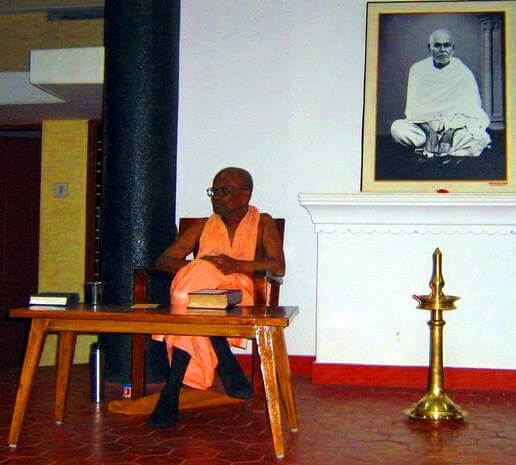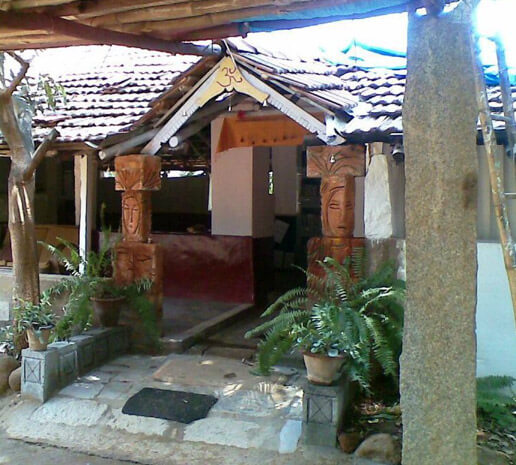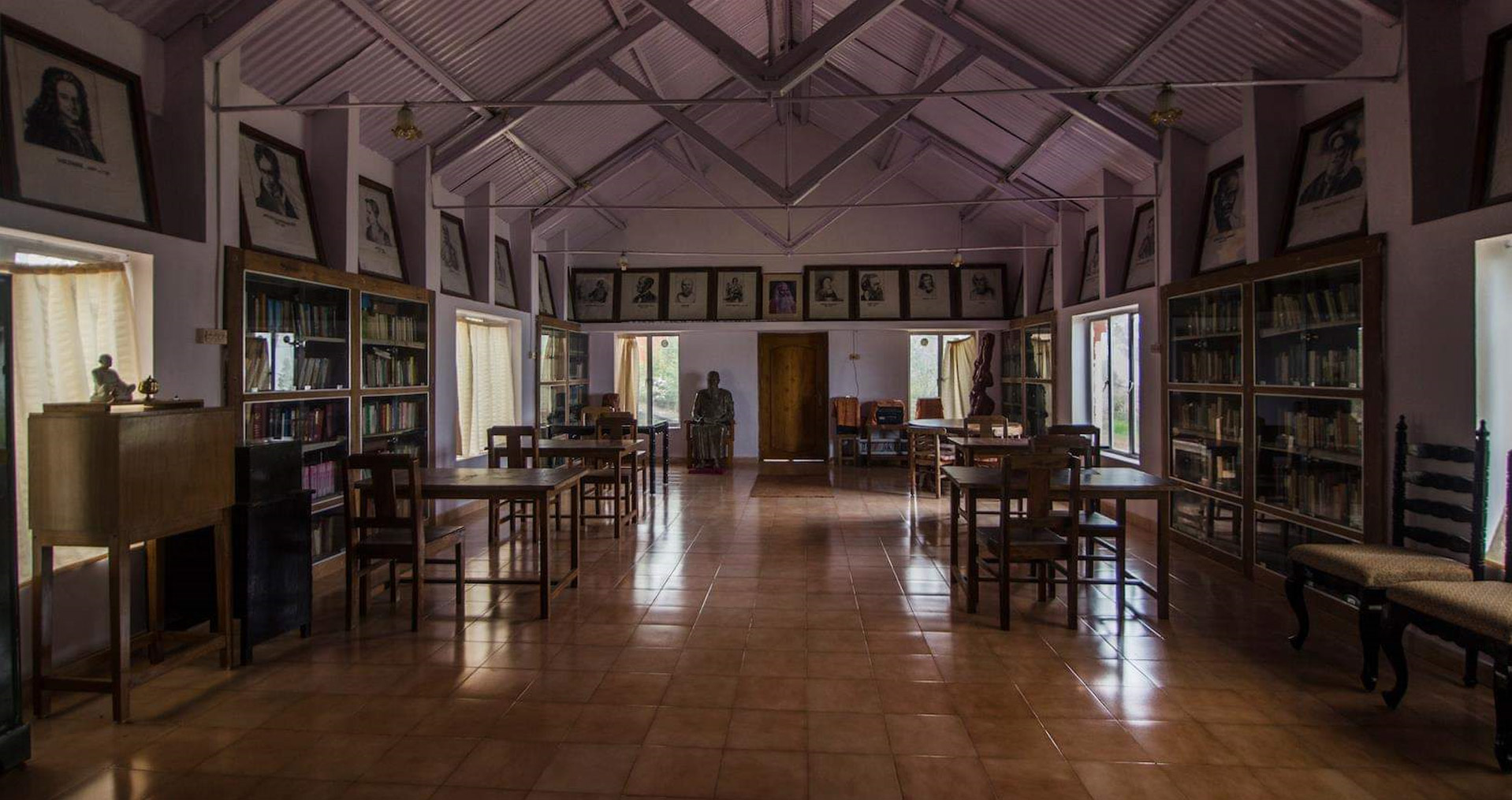Who We Are

The 'Narayana Gurukula', also referred to more shortly as the 'Gurukula' or 'Gurukula Foundation' is the name of an institution conforming to what is well known in the traditional life of India from most ancient times, which is also sometimes referred to as 'Mutt' or 'Ashram'.
It consists of a Guru (spiritual preceptor) and kula (family consisting of his disciples, who together constitute a spiritual family) headed by the teacher of wisdom.
In the present case they together follow the teachings and conform to the way of life represented by the Guru Narayana of South India (1854 to 1928) who in his own life time taught contemplative wisdom recognised as Advaita Vedanta (non-dual philosophy) or Brahmavidya (Science of the Absolute) which is not other than Atmavidya (Self-knowledge) conforming to the spirit of the Upaninads and following the general lines of the teachings of Sankaracharya (788 A. D.) though in a somewhat revised, restated and revalued form. Thus the Foundation, unlike the 'Trusts' known in English Law, conforms to a special type of institution particularly belonging to the Indian background from most ancient times.

The present Gurukula was founded in the name of the original Guru Narayana by his sat sisya (true or direct disciple) now recognised by his own growing circle of disciples as Guru Nataraja, belonging to the parampara (vertical hierarchical line of succession) of the original Guru Narayana. Otherwise also known as Dr.Natarajan, because of his Western education and travel, this disciple has now attained to the full status of a sannyasin (man of renunciation) having as early as the year 1926 received from the Guru Narayana the yellow cloth expressly given to him as a token of his dedication to the Guru's ideals, while at Colombo. He has thereafter consistently led the life of a celibate disciple and tyagi (relinquisher) severing connections with his family, and residing in the Gurukula itself and thus suffering what is called 'civil death' as one dedicating himself to the propagation of the teachings of the Guru Narayana in terms of a whole lifetime.

The Gurukula Foundation is
'Charitable' and 'Public':
The Gurukula Foundation represents a body which is a juridical person represented by the Head of the Foundation who is the Guru for the time being. The foundation is both 'charitable' and 'public' in character as understood in law. In India it is more usual to refer to such an establishment as a Dharmasthapana (Foundation for the advancement of a righteous life).
It is charitable in as much as its funds without any reserve are applied to religious or educational purposes or for helping the needy spiritually, morally and in so far as is incidental to and in keeping with the primary purpose f the Foundation, to what might pertain even to the physical well-being of persons with whom the Foundation is in organic contact. The Foundation is not a profit-sharing body but its Head and its first degree disciples are thyagis (relinquishers) who willingly give up luxuries in life and conform to a simple mode of life in which 'plain living' is as far as possible combined with 'high thinking.'
The foundation is a 'public' one in as much as admission to it is not confined to any arbitrarily determined or statically circumscribed group of individuals.
Through an indeterminate and dynamically growing and open group of first degree disciples selected by the Head or the Guru on the basis of certain spiritual qualifications, the Foundation is meant to benefit finally the public at large. The Foundation has thus a 'public' character both in its end and in the means adopted to attain the end

The primary object of the
Narayana Gurukula Foundation
promoting or propagating irrespective of race, caste, nationality, sex or creed etc. among the people at large, that body of exact knowledge known as advaita vedanta (non-dual wisdom) in its various forms indicated before, i.e. to preserve and propagate the original teachings of the Guru Narayana together with the way of life that the Guru Narayana represented in its purest form by the time-honoured method known as the guru-shishya paramparasampradaya method of vertical hierarchical succession of guru (teacher) by sisya (disciple).
It attempts to preserve in its purest form the way of life of the original Guru Narayana for successive generations to emulate or follow. As corollaries to the above if we add the principle of ahimsa (non-hurting of fellow beings) and the open, universal and unitive outlook in life implied in the motto 'One Cast' (or race), 'One Religion' (or faith), 'One God' (or supreme goal) as formulated by the Guru Narayana, all the main ideals, objectives and aims that the Gurukula may be said to represent or stand for may be said to have been enumerated. These ideals and objectives are sought to be attained through the medium of the spiritual family or fraternity which is the Gurukula Foundation.
